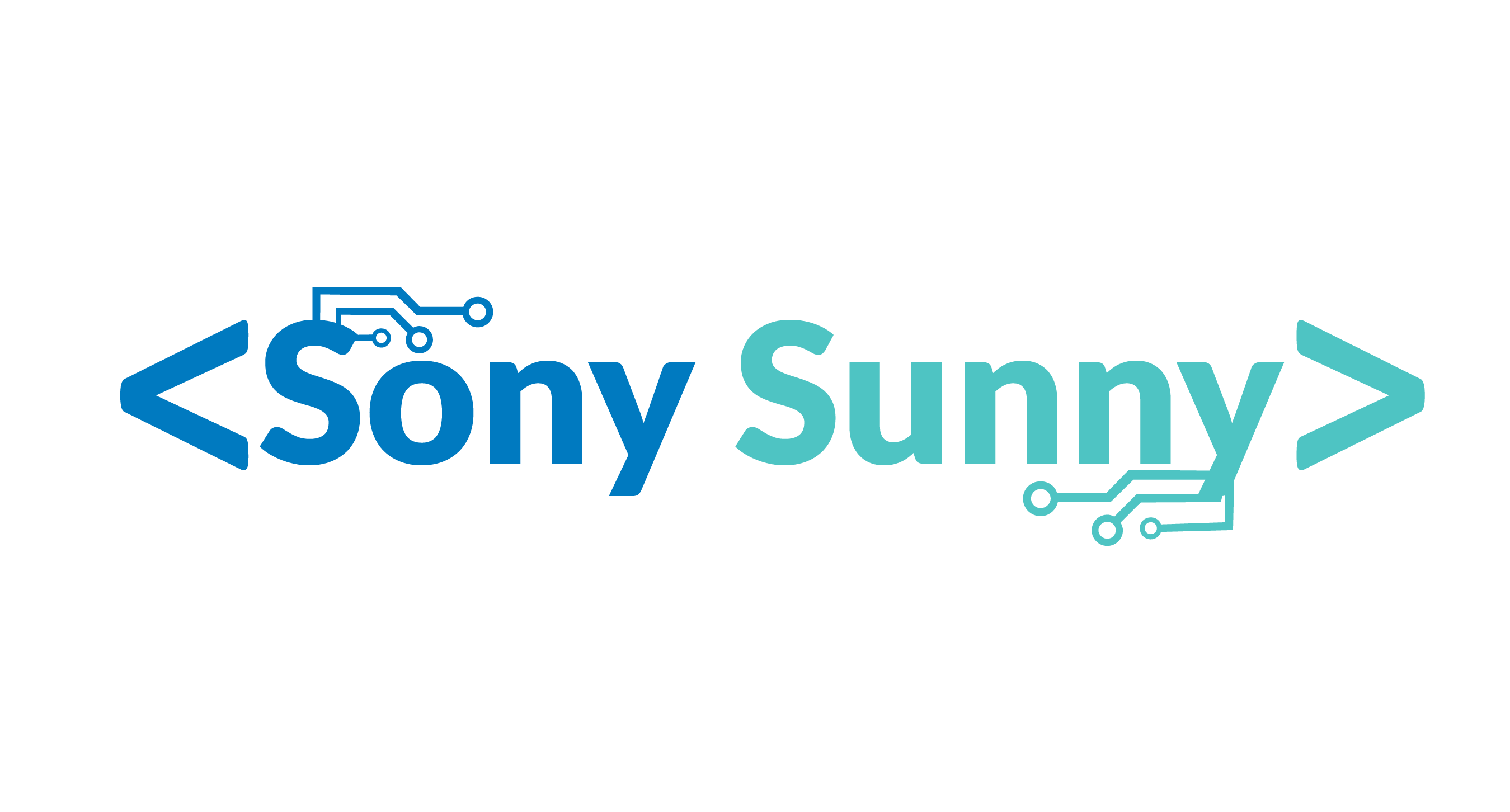Audience: Industrial engineering managers, operations leaders, and solution architects.
Goal: Understand how to securely connect SCADA data to AWS, prove ROI fast, and explore a done‑for‑you service that gets your first line online in two weeks.
👷♂️ The Pain You’re Likely Facing
If you’re still relying on USB data dumps, Excel sheets, or HMI screenshots to track performance, you already know the cost:
- Delayed decisions and reactive maintenance.
- Isolated plants with no centralized visibility.
- Corporate pressure to show production KPIs “in the cloud.”
Most teams want to modernize but hit a wall — IT security concerns, vendor lock‑in, or no time to prototype. That’s where this guide helps.
Promise: In two weeks, you can stream real SCADA data from one pilot line to AWS IoT Core, visualize it in dashboards, and prove value before scaling.
🚀 Quick Call‑to‑Action
If you’d rather see it working than just read about it, book a free 30‑minute discovery call: 👉
Schedule Your Pilot Call
We’ll identify one production line, connect it securely to AWS, and leave you with dashboards ready for leadership.
or email sonysunny028@gmail.com We’ll identify one production line, connect it securely to AWS, and leave you with dashboards you can show to leadership.
Executive Summary (2 minutes)
- Why move SCADA data to AWS? Lower cost at scale, faster dashboards, easier multi‑site rollouts, and secure data sharing.
- What changes? Keep your plant PLCs/SCADA as‑is. Add a small edge connector to publish telemetry to AWS IoT Core. Route it to time‑series storage & analytics (S3/Timestream) and build KPIs/alerts.
- How long? Pilot in 1–2 weeks per line/cell if network access is available.
- Security first. TLS certs on devices, IAM least privilege, private subnets for backhaul.
Business win: Start with a narrow KPI (e.g., downtime, temperature excursions, waste). Prove value in days, scale in weeks.
Alberta Case Example — Proof in Action
A midstream operator in Red Deer, Alberta used this exact setup to push compressor temperature and vibration data into AWS IoT Core. Within one month, they cut false downtime alerts by 40%, and operations could view KPI dashboards from their phones.
Reference Architecture
Key concepts:
- Edge gateway: Converts OT protocols (OPC UA, Modbus, EtherNet/IP, Sparkplug B) to MQTT.
- Device identity: Each line/cell gets a cert & IoT Thing; policies restrict what it can publish/subscribe.
- IoT rules: Server‑side SQL that routes each message to storage/analytics.
Deployment Paths (pick one)
Option A — Fast Track (Node‑RED or lightweight Python on an industrial PC)
- Read PLC tags via OPC UA or Modbus TCP.
- Publish JSON telemetry to AWS IoT Core over TLS.
- Pros: Quick, visual, and low‑cost.
- Cons: Manual scaling beyond 1000+ tags.
Option B — Sparkplug B (MQTT for SCADA)
- Use Ignition Edge MQTT Transmission or similar.
- Pros: Auto‑discovery and tag management.
- Cons: Licensed component.
Option C — Greengrass‑based Edge
- Deploy AWS IoT Greengrass for compute, buffering, and local logic.
- Pros: Secure, offline‑ready.
- Cons: Slightly higher setup complexity.
Recommendation: Start with Option A for your pilot. Move to B/C for plant‑wide rollouts.
Step‑by‑Step Plan
1) Define a Pilot KPI
“Reduce unplanned downtime on Line A by 5% in 60 days.”
2) Network & Access
Outbound 443/TLS path, IT approvals, OT DMZ recommended.
3) Provision AWS IoT Core
Create IoT things, certs, policies, and MQTT topics like plant/<site>/<line>/<asset>/telemetry.
4) Pick Edge Connector
Node‑RED, Sparkplug, or Greengrass — depending on complexity.
5) Data Contract Example
{
"site": "edmonton-a",
"line": "filler-01",
"ts": 1730006401223,
"tags": {"state": "RUN", "temp_c": 78.4, "throughput_cpm": 120}
}6) Route Data
IoT Rules → S3, Timestream, Lambda → Alerts.
7) Dashboards & Alerts
QuickSight, Grafana, SNS.
8) Security & Governance
Cert rotation, IAM policies, separate dev/test/prod.
9) Scale‑out
Template thing creation, automate policy binding, and share dashboards.
Costs & ROI Snapshot
| Component | Typical Pilot Cost |
|---|---|
| Edge hardware | $0–$2k |
| AWS IoT Core | less than $50/month |
| Storage & dashboards | a few dollars/GB |
Rule of thumb: Keep your first pilot under $500 and prove value fast.
Code & Templates (Giveaway)
Includes: AWS IoT Policy JSON, Node‑RED Flow, Python Publisher, IoT Rule SQL, and CloudFormation YAML. 👉 Download here: GitHub — scada‑aws‑starters
(Your engineering team can deploy this in under 30 minutes.)
Services — How We Help You Move Faster
At sonysunny.com, we help industrial teams connect their first SCADA line to the cloud safely and quickly:
- 2‑Week Pilot Program: Edge setup, secure MQTT, AWS plumbing, working dashboard.
- Fixed‑Price Rollout Kit: Templates, Infrastructure‑as‑Code, and training.
- Ongoing Support: Monitoring, cert rotation, and KPI optimization.
🎯 Call‑to‑Action:
Schedule Your Pilot Call
We’ll identify one production line, connect it securely to AWS, and leave you with dashboards ready for leadership.
We’ll walk through your current setup, pick one PLC or line, and show you exactly how to make it cloud‑ready.
Questions or want this tailored for your plant? sonysunny028@gmail.com | sonysunny.com


